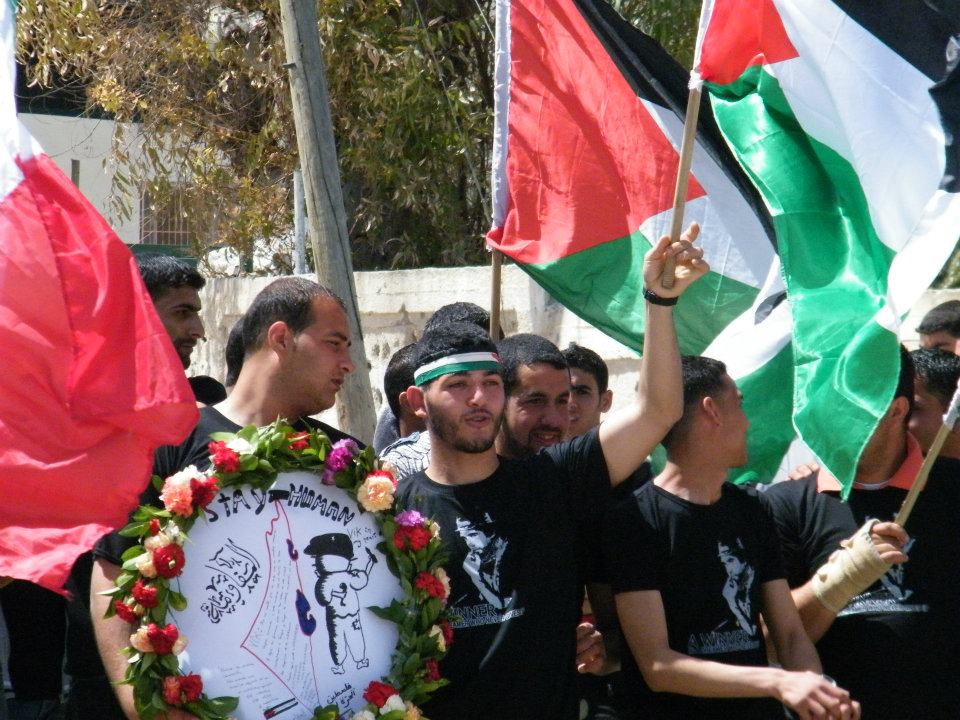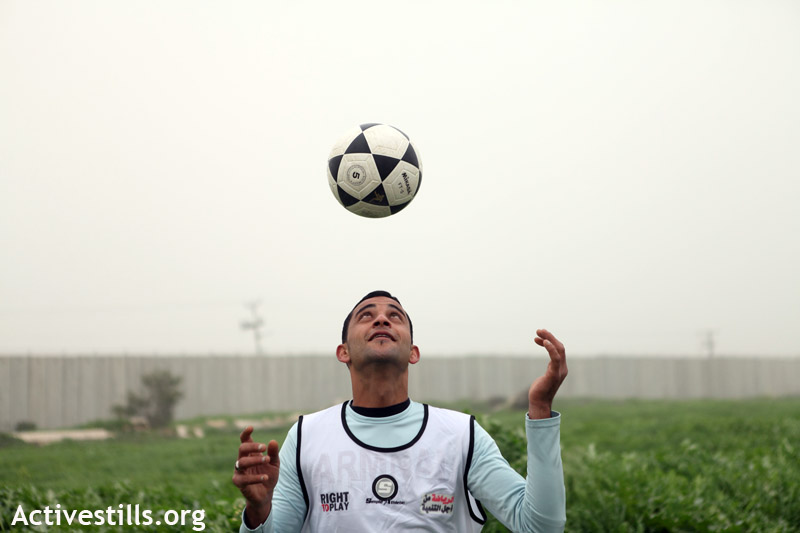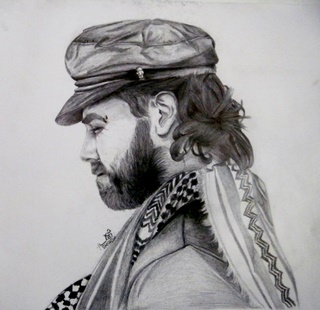Tag: Vittorio Arrigoni
-
Beit Hanoun remembers Vittorio: “When he spoke you had to listen”
by Nathan Stuckey 11 April 2012 | International Solidarity Movement, Gaza One year ago Vittorio Arrigoni was murdered. Since coming to Gaza, Vik, as everyone knew him, had been a regular at Beit Hanoun’s weekly demonstrations against the no go zone and the occupation. Vik had devoted his life to ending the occupation. Sadly, he…
-
Entering the deadly zone, demonstration in front of Erez
7 February 2012 | Chroniques de Palestine Since 2008, demonstrations are organized in front of Erez in Beit Hanoun. This is in defiance of the “no go zone” imposed unilaterally by the Israelis. Any person who approaches the Green Line is under risk of being shot at. In fact many farmers; or rubble collectors have…
-
Happy birthday, dear Vittorio (RIP)
by Shahd Abusalama 4 February 2012 | Palestine from My Eyes As I realized today’s date, the 4th of February, a stream of memories flooded into my mind. Today, last year, marked my dear friend Vittorio Arrigoni’s last birthday I spent with him. I remember it was a nice, rainy Friday. I felt happy to…



